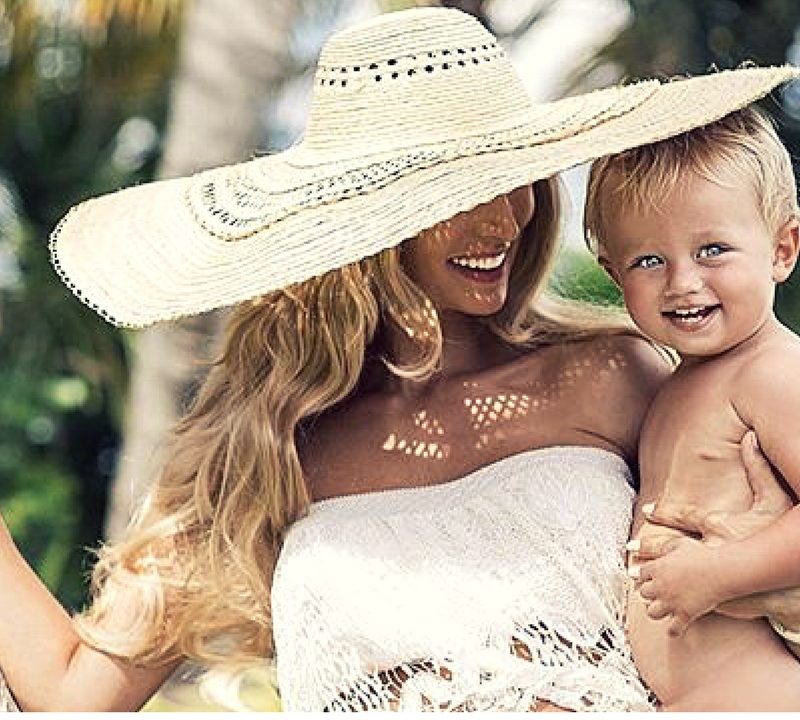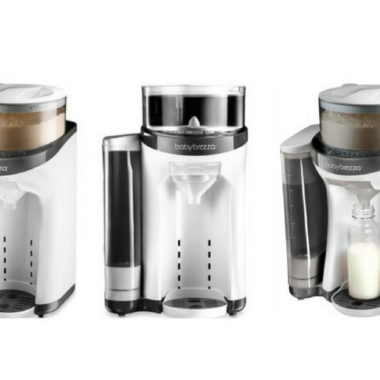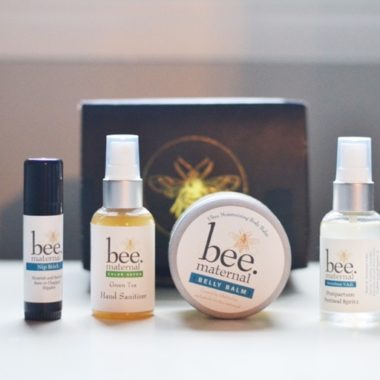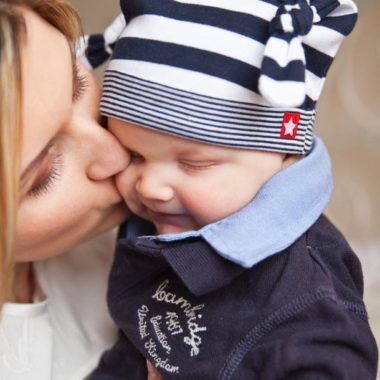We have all heard about the benefits of breastfeeding. The American Academy of Pediatrics and pediatricians advocates for breastfeeding in the first 6 months. Breastfeeding benefits are well known and there are many!
Breast milk has all the nutrients your baby needs in the first 6 months, it has your antibodies to help your baby fight infections in the first few months and creates great bonding for you and your baby. Babies that are breastfeed in the first six months tend to have less ear infections, diarrhea and respiratory infections as well. (That said, it is important to remember it is every moms choice to breastfeed or not. For whatever reason, if a mom chooses not to nurse, or needs to stop for any reason, know that it is ok. No one should feel bad if they are not breastfeeding or feel pressure. Your baby will do great too with formula and know that you are doing what is best for you and your child).
Another related breastfeeding topic that is not so frequently written about but not so uncommon either is Mastitis. This is an inflammation of the mammary gland in the breast. With your awareness of what it is and knowledge how to prevent, you can decrease your chances of developing it. If you do develop symptoms of mastitis, it is also helpful to know how to recognize it and promptly get treated.
Breastfeeding is a wonderful experience for those that decide to nurse, however, at times moms know, you can experience discomfort for various reasons. It can occur at the start of a feed; however typically that improves within minutes of feeding. If baby isn’t latching on properly or is not positioned well, there may be pain that continues but resolves with repositioning. If the nipple is cracked you can also experience discomfort. These are usually transient and resolve quickly.
With mastitis, the area of infection will be extremely painful, red, swollen or burn and often you may have fever, chills and flu-like symptoms that comes on quickly and you continue to get worse quickly not better. Mastitis is caused when an area of the breast doesn’t drain and gets infected, and usually due to a bacterial infection. Some risk factors for developing mastitis include; skipping or delaying pump sessions or feedings and therefore not emptying your breasts regularly (and they get engorged), cracked or irritated nipples, stress, being run down and lack of rest. Your doctor will treat based on your signs and symptoms. Be sure to call your doctor as soon as you experience any symptoms of mastitis or have any concerns about a possible infection. Risk of delaying treatment can lead to an abscess, which is harder to treat.
Often this infection is seen in the early months of the baby’s life when feeding timings are not a regular pattern, although you can get it really anytime. I actually experienced this infection when my baby was 9 months of age! As a physician, I knew about mastitis but I still often pushed off pumping and only had time to do one pump session for the day at work. I sometimes didn’t get a chance to do at all. When my son was about 9 months old, I developed left sided breast pain and small bump, thinking at first, I just needed to pump or nurse, so I tried messaging; however, within 30 minutes the pain didn’t get better but rather escalated and I had a fever of 104.5 degrees Fahrenheit. Fortunately I knew right then what was going on (mastitis!) and called my doctor. He immediately treated me with antibiotics and I continued nursing despite the pain and within 24 hours I was feeling MUCH better. Subsequently, as delaying pumping and lack of rest as mentioned are risk factors, I made sure I pumped while at work, and nursed regularly for the remainder of the time I breastfed my son. I also continued to ensure I rested, especially when I started to feel run down.
The good news as seen here is that if treated early with antibiotics, mastitis improves quickly and typically in the first 24 hours. It is important to complete the full course of antibiotics even when you are feeling better. Also, you can keep breastfeeding with mastitis! Often moms are concerned they will need to stop and this is not the case. Your doctor will give you an antibiotic that you can continue to nurse with. Nursing (or pumping) also actually helps the infection heal faster! It may be too painful to feed, but try the best you can or start with the unaffected breast. Warm compresses can help topically along with gentle massage. You can take acetaminophen or Ibuprofen for fever or pain. Continue to ensure you get rest and drink plenty of water.
The best prevention includes trying to rest as much as you can (I know as a mom it is hard but try best you can), drink plenty of fluids, ensure you pump or nurse regularly and if you are engorged, pump or nurse. I know this is easier said than done for busy moms but you will feel better all-around and also prevent your chances of mastitis.
Knowing how to prevent and also recognize mastitis, can help you avoid this infection all together and if you do develop it, you can get treated promptly, feel better quickly and also decrease any complications.
- Tips On Finding The Perfect Pediatrician - September 13, 2020
- Newborn Baby Skin Issues – What They Probably Are - August 14, 2020
- What to Know about your Baby’s Home Coming Outfit - March 14, 2018









1 comment
You made several nice points there. I did a search on the theme and found nearly all people will agree with your blog.